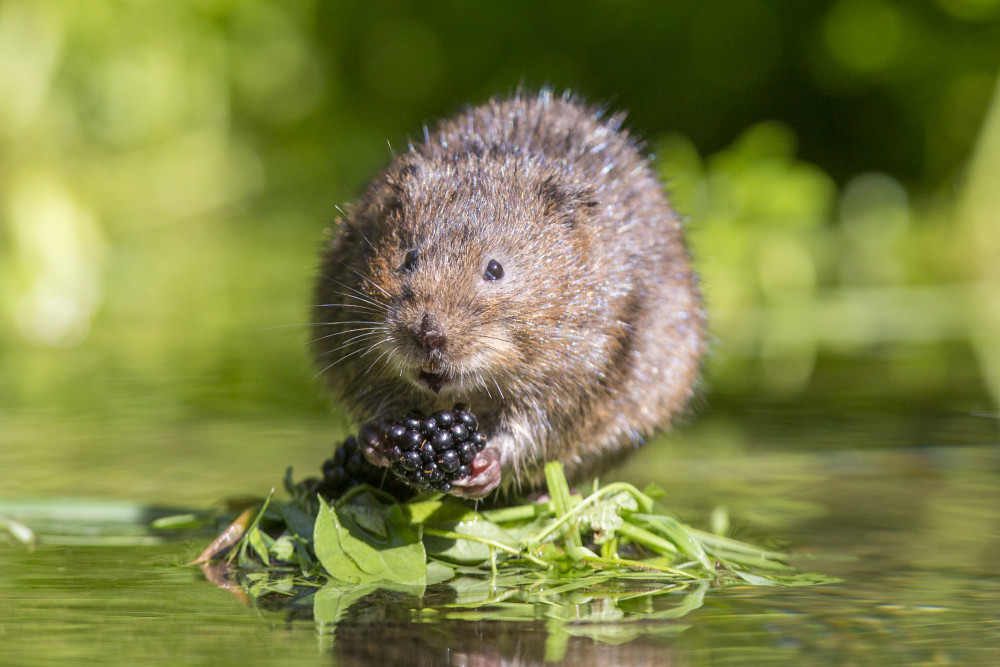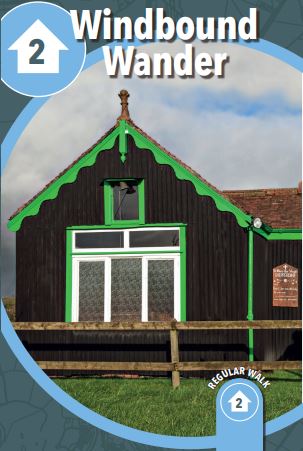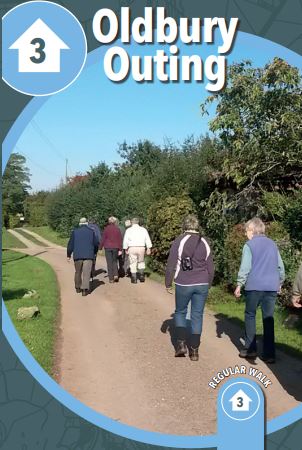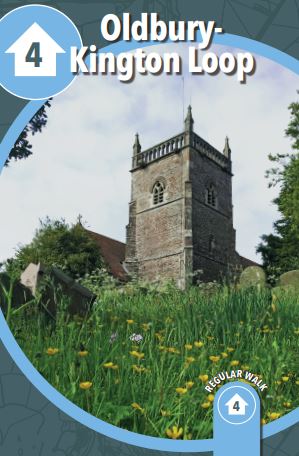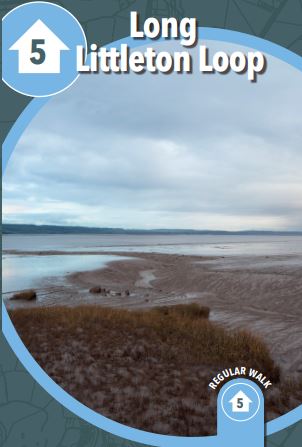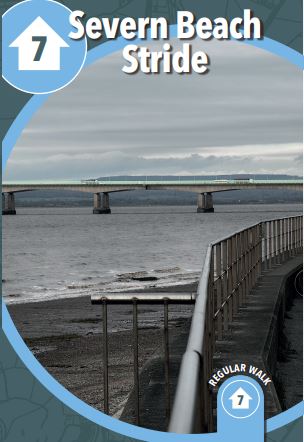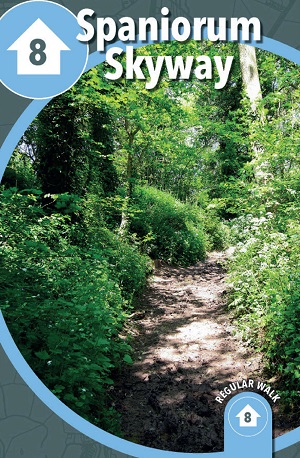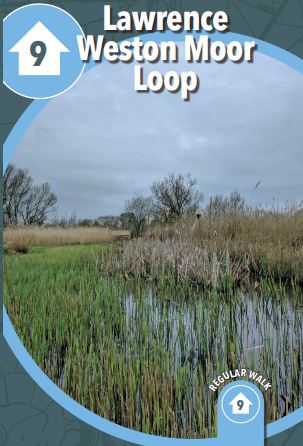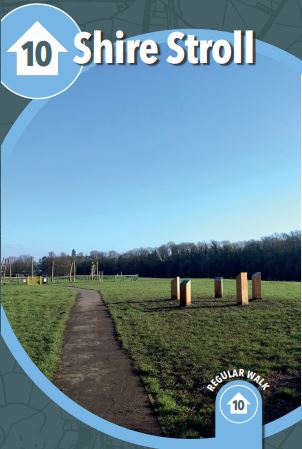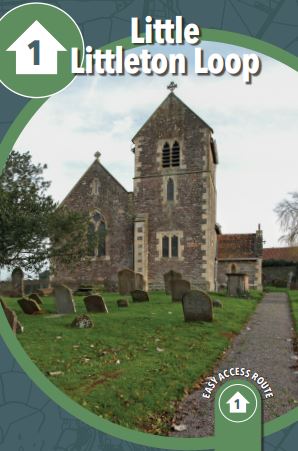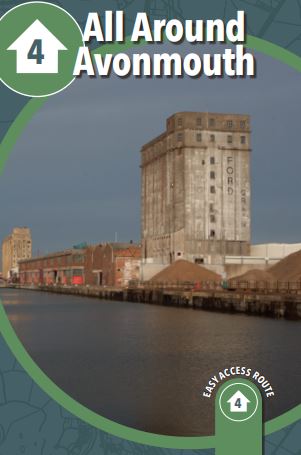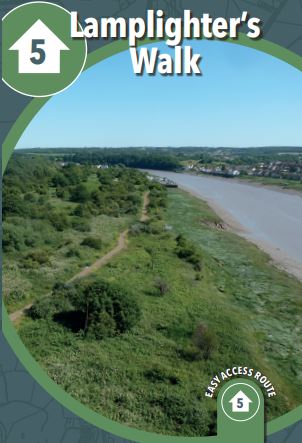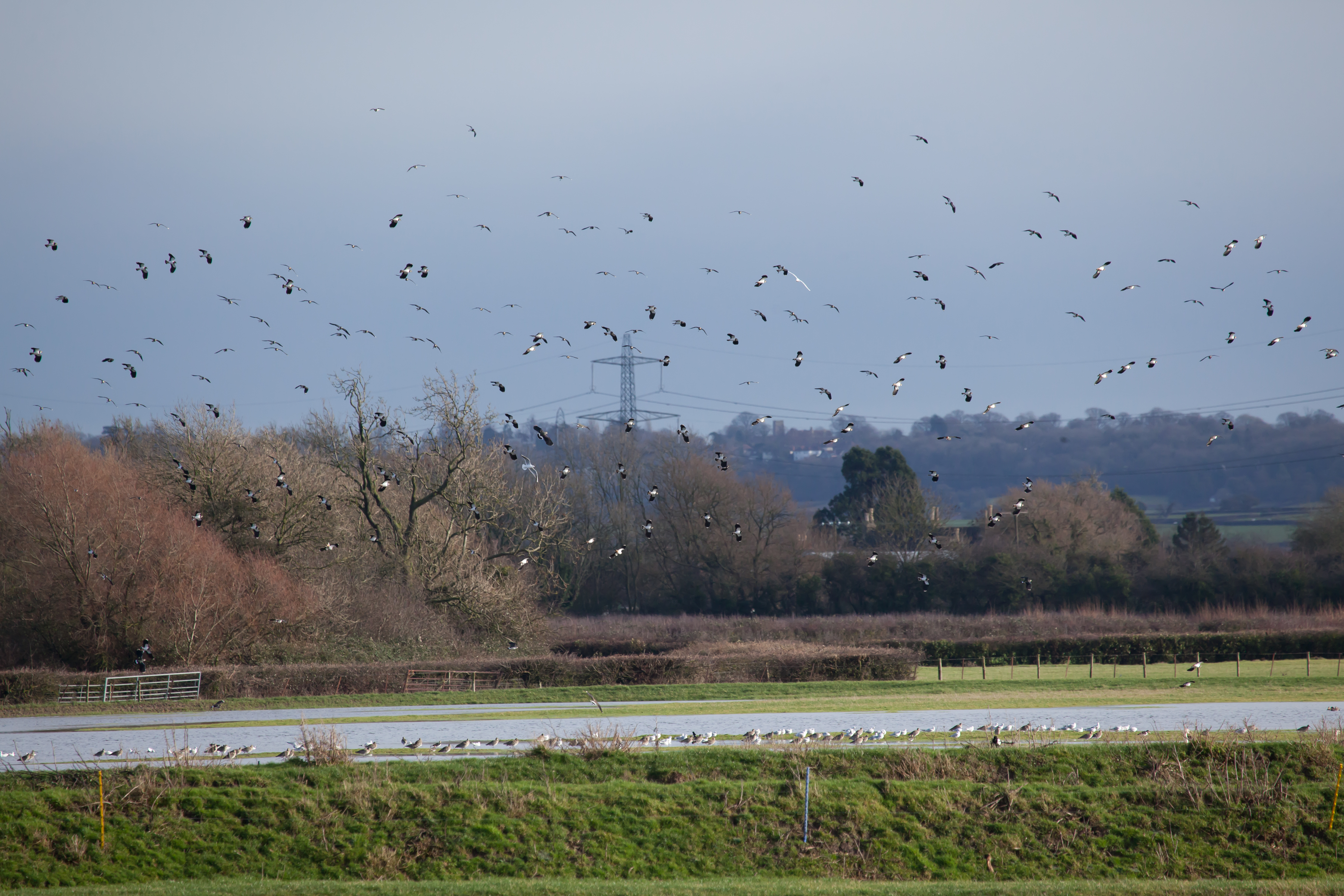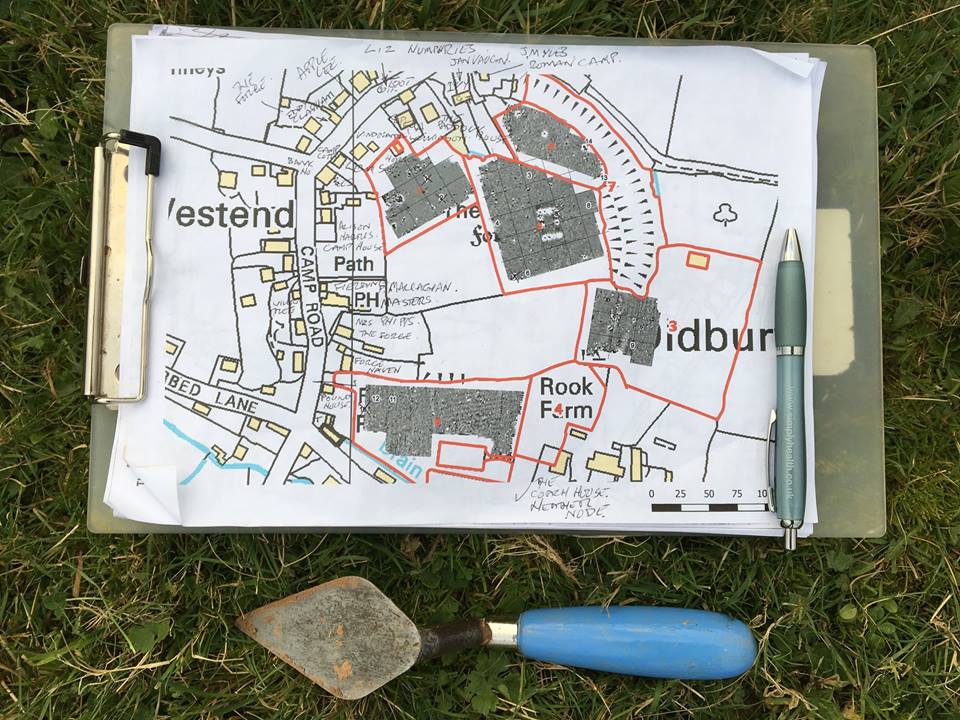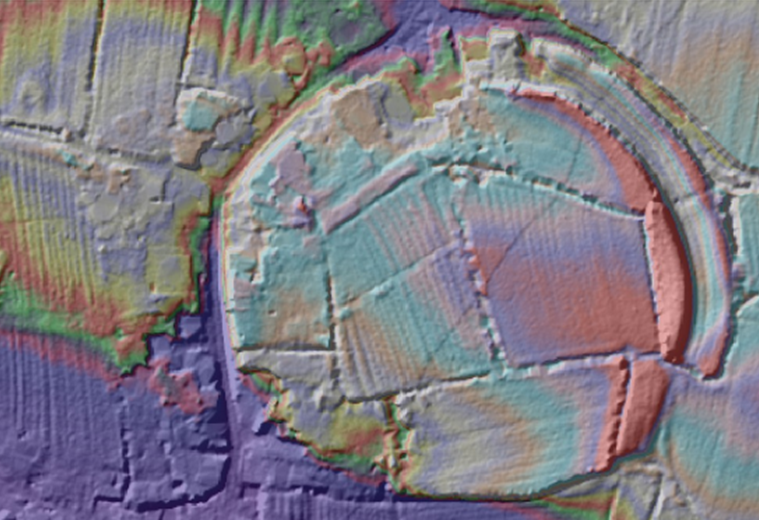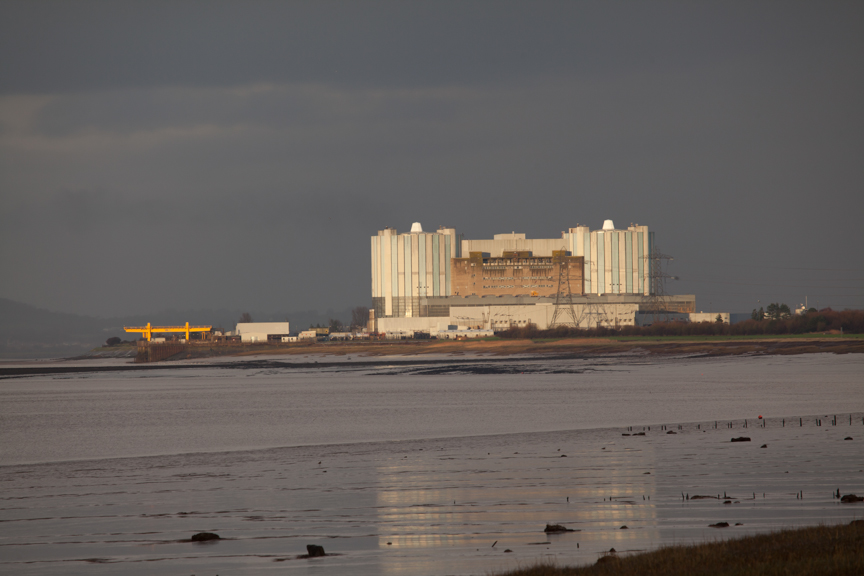Birds and Birdwatching
-
Common Redshank. Photo credit: Natural England
-
Gadwall. Photo credit: Natural England
-
Grey Plover. Photo credit: Natural England
-
Lapwing. Photo credit: Natural England
-
Bird spotting
The Severn is one of a vital chain of wetlands on the Atlantic seaboard of Europe, a critical stopover point for birds migrating further south to West Africa and beyond in the autumn and for birds returning in the spring to their Arctic breeding grounds.
For many, the Severn is their final destination, and some 70,000 ducks, swans and wading birds pour into the estuary from November onwards, spending the whole winter here. Our mild south west climate means there is little risk of the estuary’s worm-rich muds freezing over so a good winter feed is (usually) guaranteed for our winter guests whose numbers generally peak in mid-winter.
The Severn is internationally important for a wide range of wetland birds in winter including Bewick’s swan, shelduck, pintail, shoveler, dunlin and redshank. During autumn migration sandier areas support internationally important numbers of migrating ringed plover. Together, these birds make this a site of real importance in Europe, which is why it is recognised as a European Union Special Protected Area, giving it the highest level of protection under European law.
Apart from the water birds to be spotted on the estuary, the Severn Vale also supports farmland birds such as song thrush, linnet, yellowhammer and bullfinch.
Find out more about our wildfowl and wader monitoring project here.
Find out more about birds in general and hear their calls on the RSPB Bird Guide.
Birdwatching
Different times of year bring out different species but the local websites Avon Birds and Severnside Birds give a good sense of what you can see in different seasons and where.
- Severn Beach and the Severn Way footpath make good starting points for birdwatchers. Northwick Warth, between the two bridges, is a known birdwatching site. High tide is the best time to spot waders. Check the tides on the Tide Times website
- The area around Oldbury Power Station is a good spot for bird watching
- Lamplighter’s Marsh, a narrow nature reserve running under the M5 between the River Avon and the railway line that connects Bristol to Severn Beach, is also an excellent spot
- Aust Cliff and the gardens and hedgerows near its base is also recommended on Severnside birding
Report a sighting
Report your sightings to the Bristol Regional Environmental Records Centre (BRERC).
The Avon Birds’ website also takes reports of sightings and has information on monitoring schemes.
National monitoring is carried out by the British Trust for Ornithology (BTO) on behalf of a partnership of the Joint Nature Conservation Committee, RSPB and BTO, in association with the Wildfowl and Wetlands Trust.
Did You Know?
The bar-tailed godwit which occurs in small numbers on the Severn, is one of our epic migrants. One population in Siberia leave their breeding sites in north-east Russia and cover an amazing 10,000 km in eight days to reach their wintering grounds in New Zealand.










